True/False from CENGAGE CHEMISTRY (ENGLISH) ORGANIC REACTION MECHANISM for Class 11
| Class 11 | CHEMISTRY |
| Chapter | ORGANIC REACTION MECHANISM |
| CENGAGE CHEMISTRY (ENGLISH) | True/False |
| Medium | English |
| Academic Year | 2023-2024 |
Question 22
The leaving group is that functional group which is ejected with ¯e,s of the σ -bond in a reaction. Better the leaving group, faster is the reaction. The relative leaving ability of the leaving group X in (R−X) is increased by :
(i) The polarisability of (R−X) bond.
(ii) The stability of XӨ.
(iii) The degree of stabilisation through solvation of X.
(iv) The strength of (R−X) bond.
The leaving group tendency is also called fugacity.
Which one of the followingd has the highest fugacity ?View SolutionQuestion 23
The leaving group is that functional group which is ejected with ¯e,s of the σ -bond in a reaction. Better the leaving group, faster is the reaction. The relative leaving ability of the leaving group X in (R−X) is increased by :
(i) The polarisability of (R−X) bond.
(ii) The stability of XӨ.
(iii) The degree of stabilisation through solvation of X.
(iv) The strength of (R−X) bond.
The leaving group tendency is also called fugacity.
Which of the following undergoes SN reaction easily ?View SolutionQuestion 24
The leaving group is that functional group which is ejected with ¯e,s of the σ -bond in a reaction. Better the leaving group, faster is the reaction. The relative leaving ability of the leaving group X in (R−X) is increased by :
(i) The polarisability of (R−X) bond.
(ii) The stability of XӨ.
(iii) The degree of stabilisation through solvation of X.
(iv) The strength of (R−X) bond.
The leaving group tendency is also called fugacity.
Which statement is correct ?View SolutionQuestion 25
The leaving group is that functional group which is ejected with ¯e,s of the σ -bond in a reaction. Better the leaving group, faster is the reaction. The relative leaving ability of the leaving group X in (R−X) is increased by :
(i) The polarisability of (R−X) bond.
(ii) The stability of XӨ.
(iii) The degree of stabilisation through solvation of X.
(iv) The strength of (R−X) bond.
The leaving group tendency is also called fugacity.
Which of the following is the wrong order of fugacity ?View SolutionQuestion 27
The rate of SN2 reaction depends on the effectiveness of the nucleophile in ejecting the leaving group. Nucleophilicity is the affinity for C atom, while basicity is the affinity for proton.

In both cases, a new bond is formed. If a new bond is formed between the anion and proton, the specied acts as a base. If a new bond is formed between the anion and C atom, the species acts as nucleophile.
Which of the following statements is wrong ? Nucleophile order of the following in weakly polar aprotic solvents, e.g., acetone is :View SolutionQuestion 28
The rate of SN2 reaction depends on the effectiveness of the nucleophile in ejecting the leaving group. Nucleophilicity is the affinity for C atom, while basicity is the affinity for proton.

In both cases, a new bond is formed. If a new bond is formed between the anion and proton, the specied acts as a base. If a new bond is formed between the anion and C atom, the species acts as nucleophile.
Which of the following is wrong ?View SolutionQuestion 29
The rate of SN2 reaction depends on the effectiveness of the nucleophile in ejecting the leaving group. Nucleophilicity is the affinity for C atom, while basicity is the affinity for proton.

In both cases, a new bond is formed. If a new bond is formed between the anion and proton, the specied acts as a base. If a new bond is formed between the anion and C atom, the species acts as nucleophile.
Which of the following compounds gives SN1,SN2, and SN2 mechanisms ?View SolutionQuestion 147
Assertion : Addition of bromine to trans-but-2-ene yields meso-2,3-dibromobutane.
Reason : Bromine addition to an alkene is a nucleophilic addition
(a) If both Assertion and Reason are CORRECT and Reason is the CORRECT explanation of the Assertion.
(b) If both Assertion and Reason are CORRECT but Reason is not the CORRECT explanation of the Assertion.
(c) I Assertion is CORRECT but Reason is INCORRECT.
(d)I Assertion is CORRECT but Reason is INCORRECT.View Solution

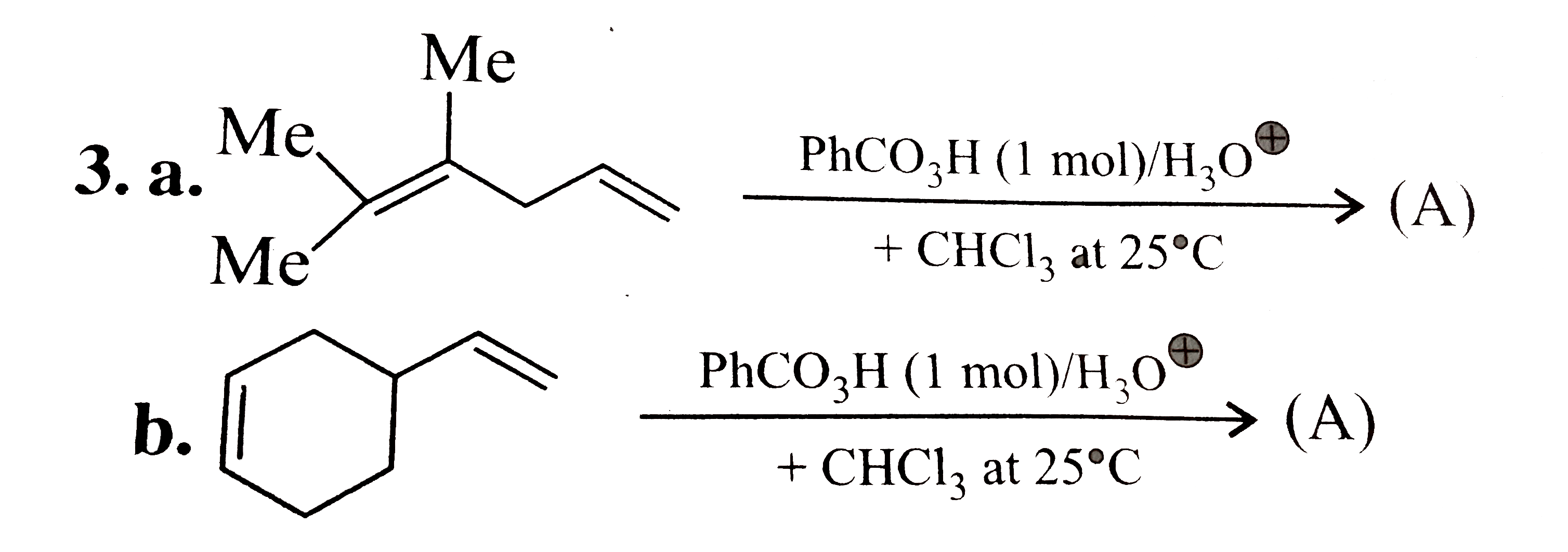 .
.
 .
.

 .
. .
. .
. .
. ,
,  .
.
 .
. .
. .
.  .
.

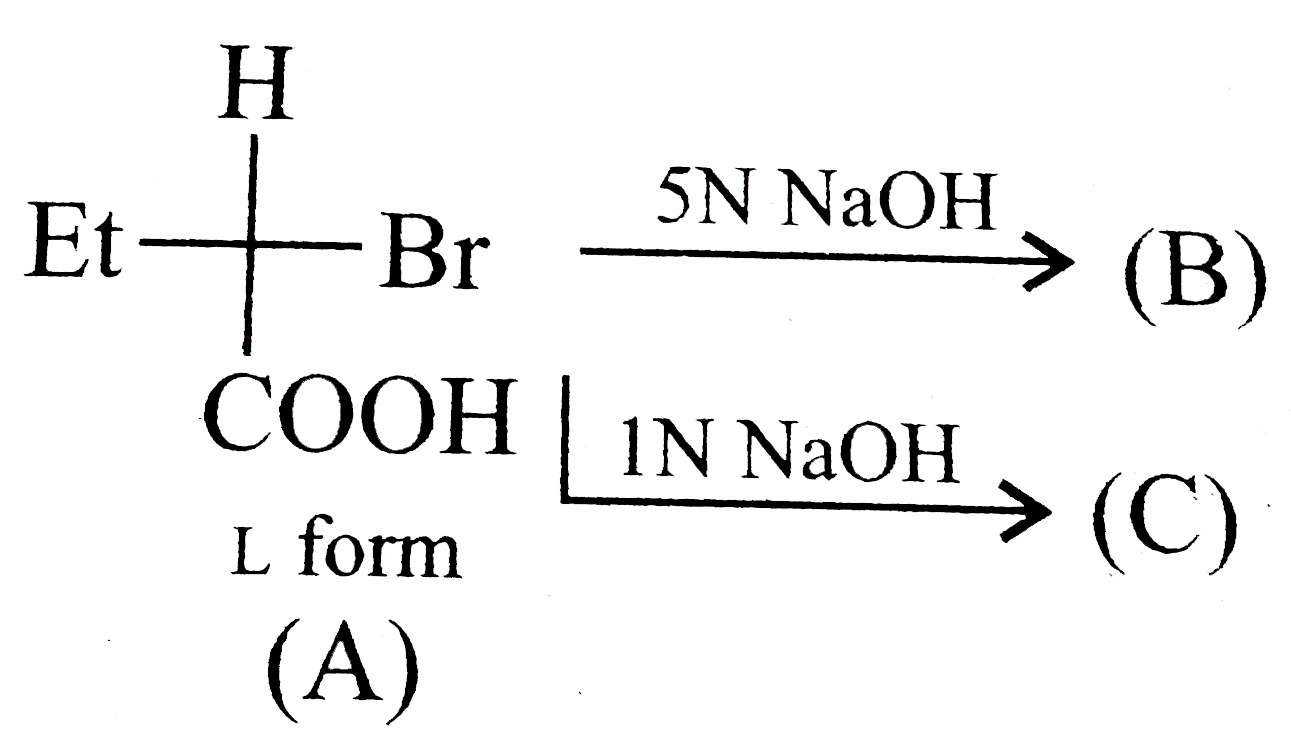


 .
. .
.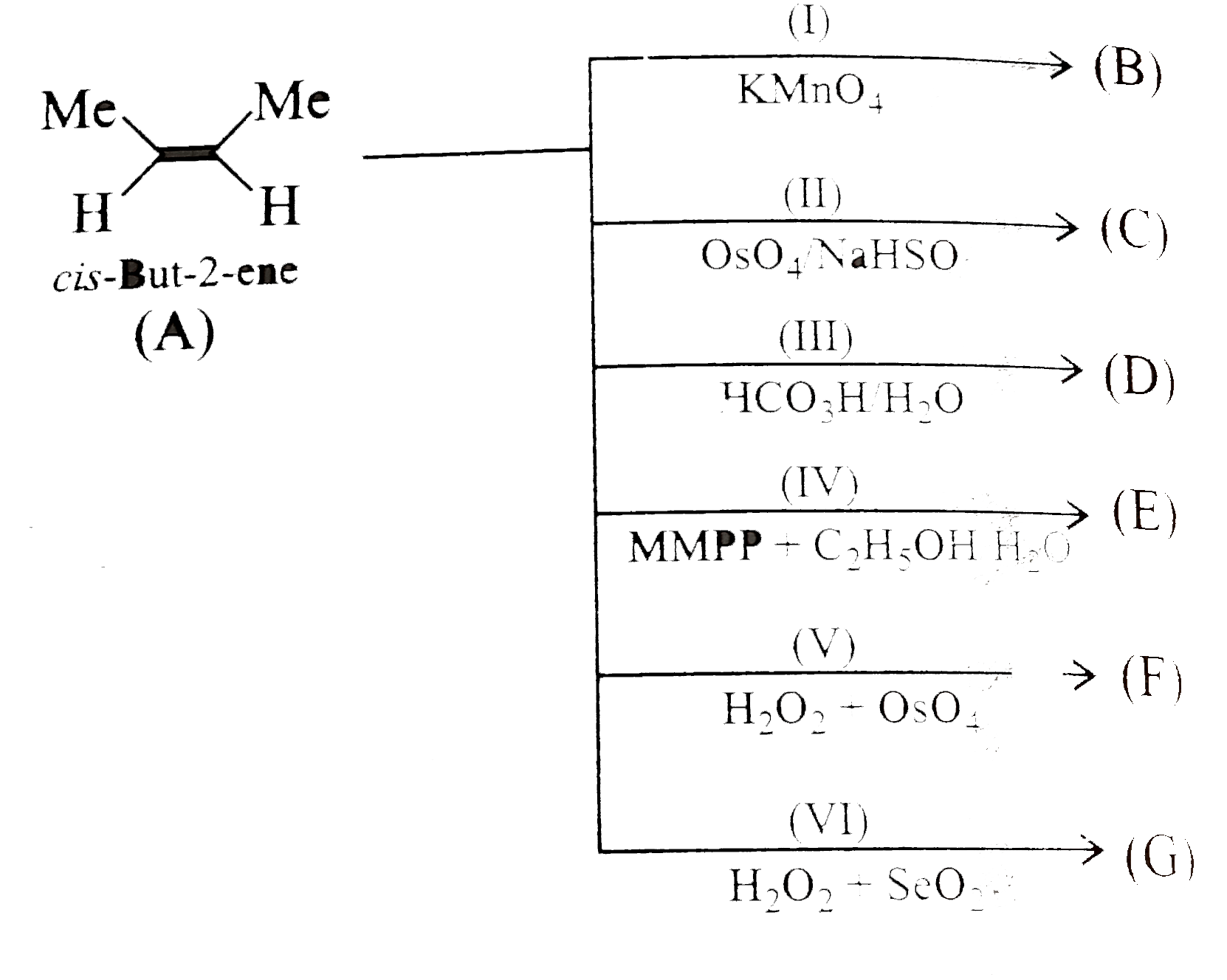






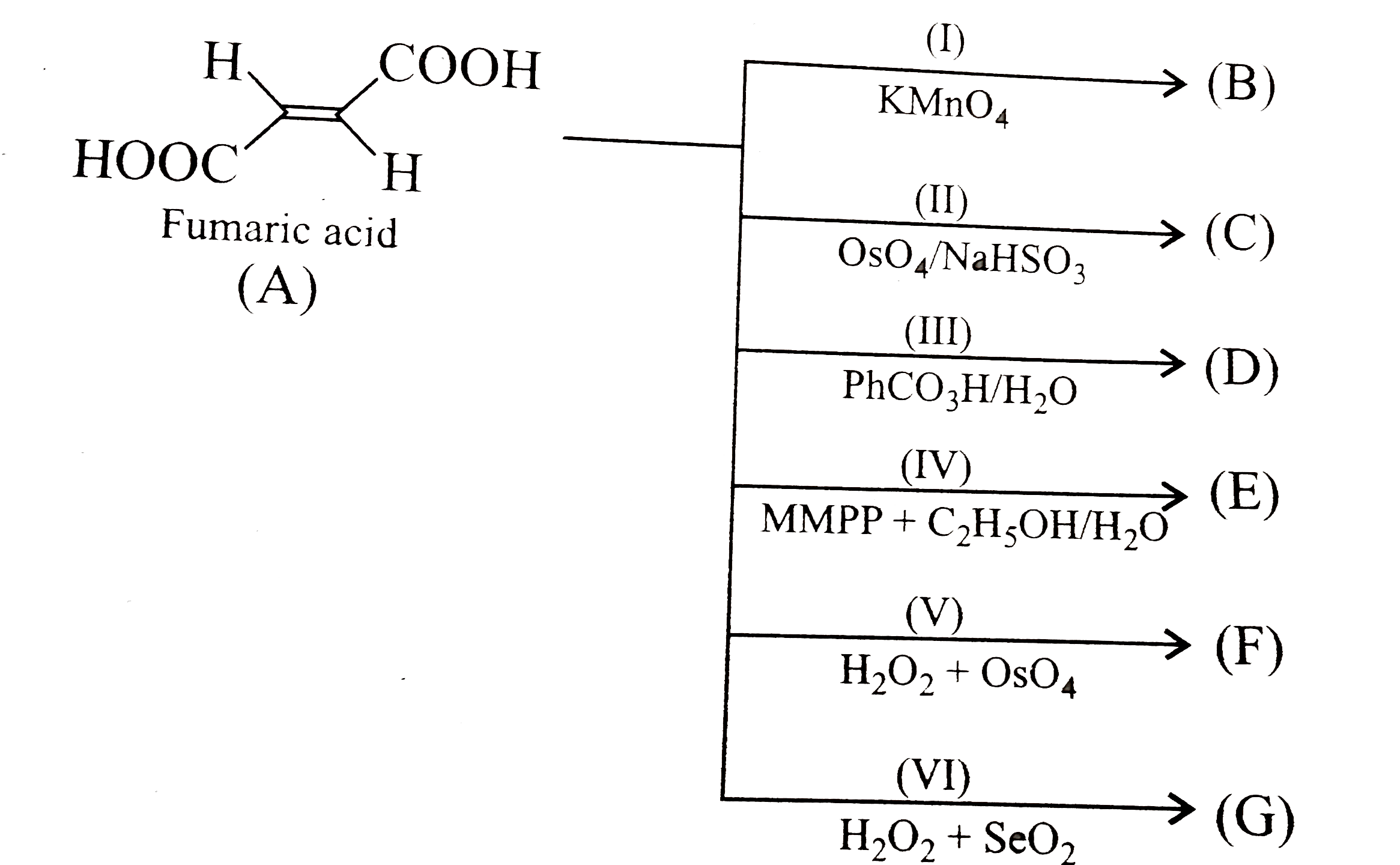

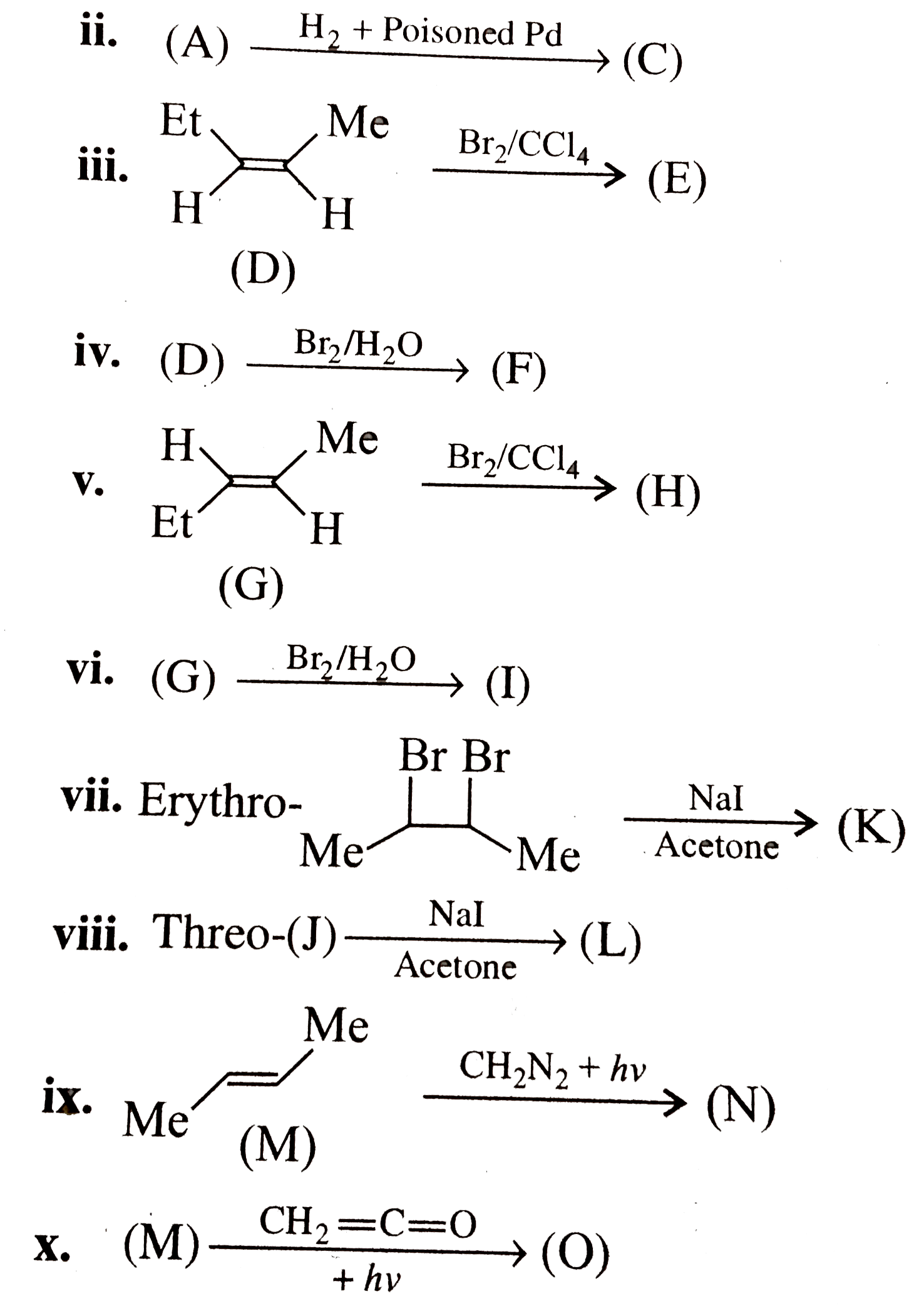 .
.  .
.  .
. 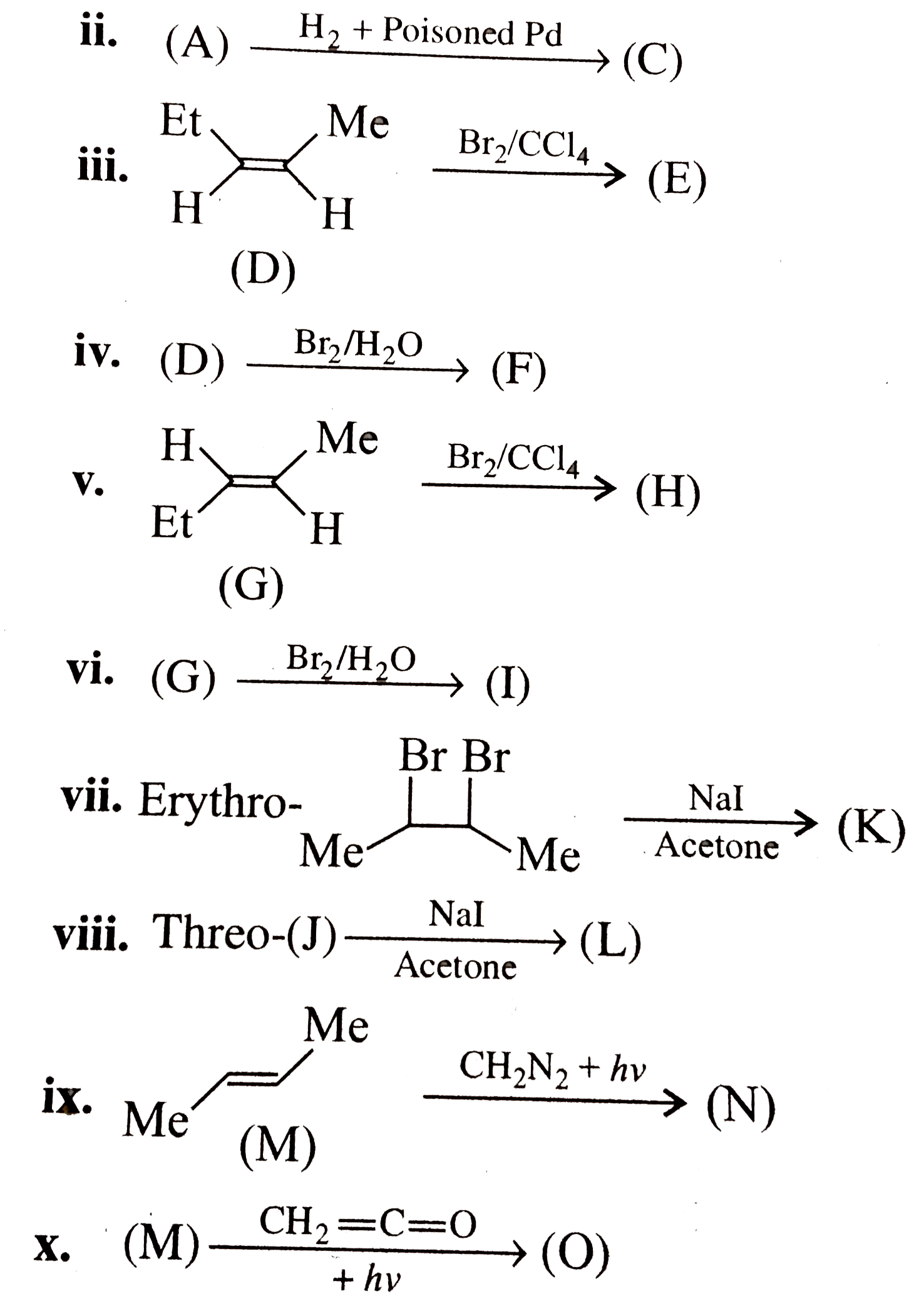 .
.  .
.  .
. .
.



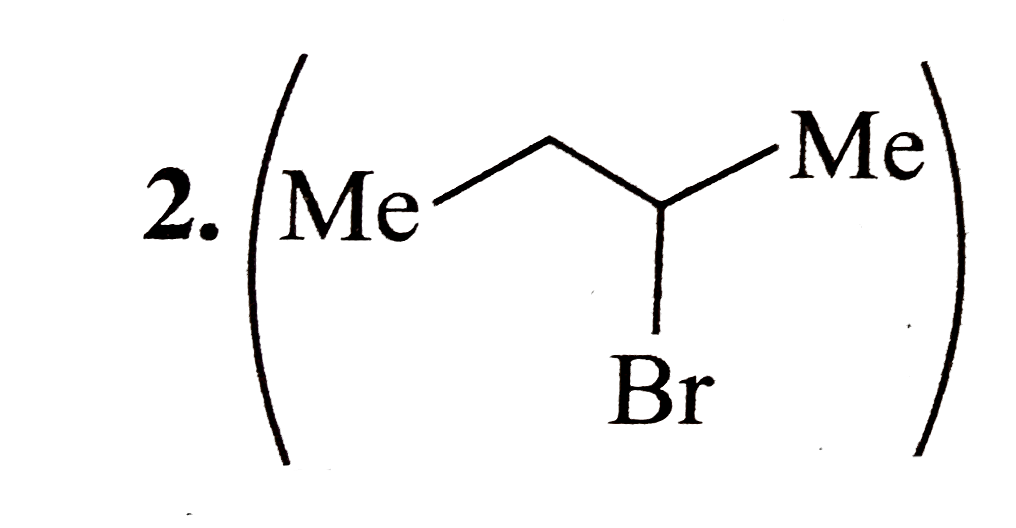 (sec-Butyl bromide) undergoes alkaline hydrolysis by :
(sec-Butyl bromide) undergoes alkaline hydrolysis by : .
.
 .
. .
. .
. .
.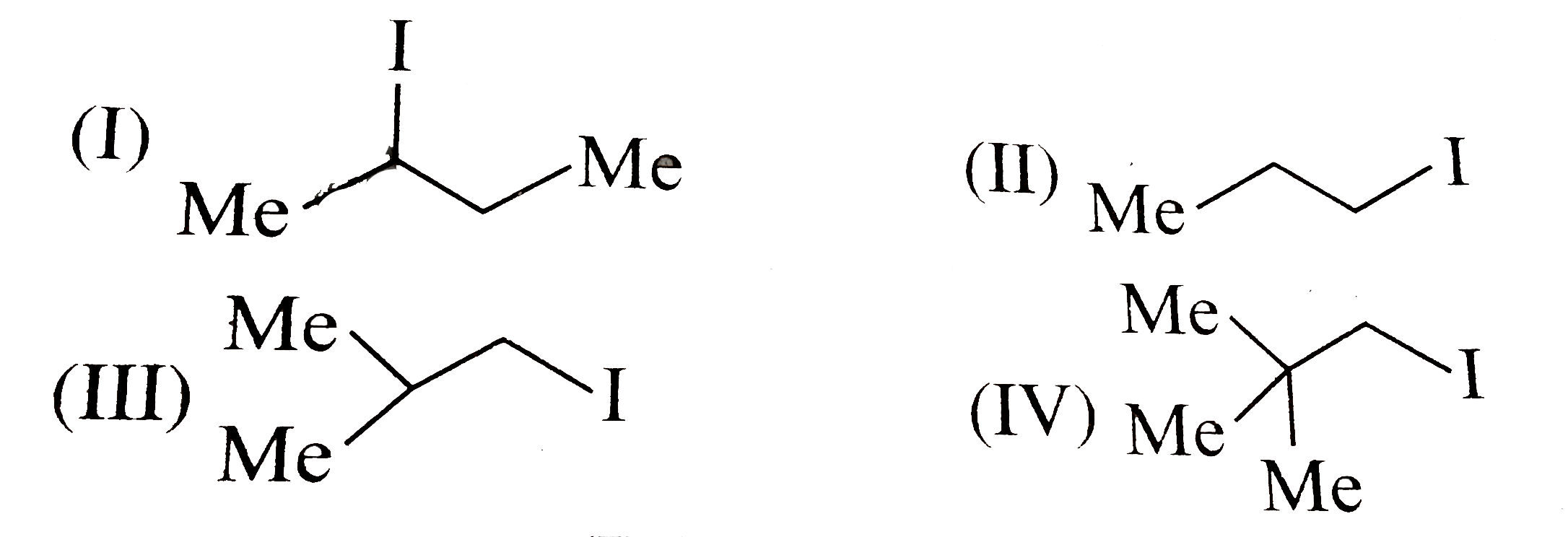 .
. .
. 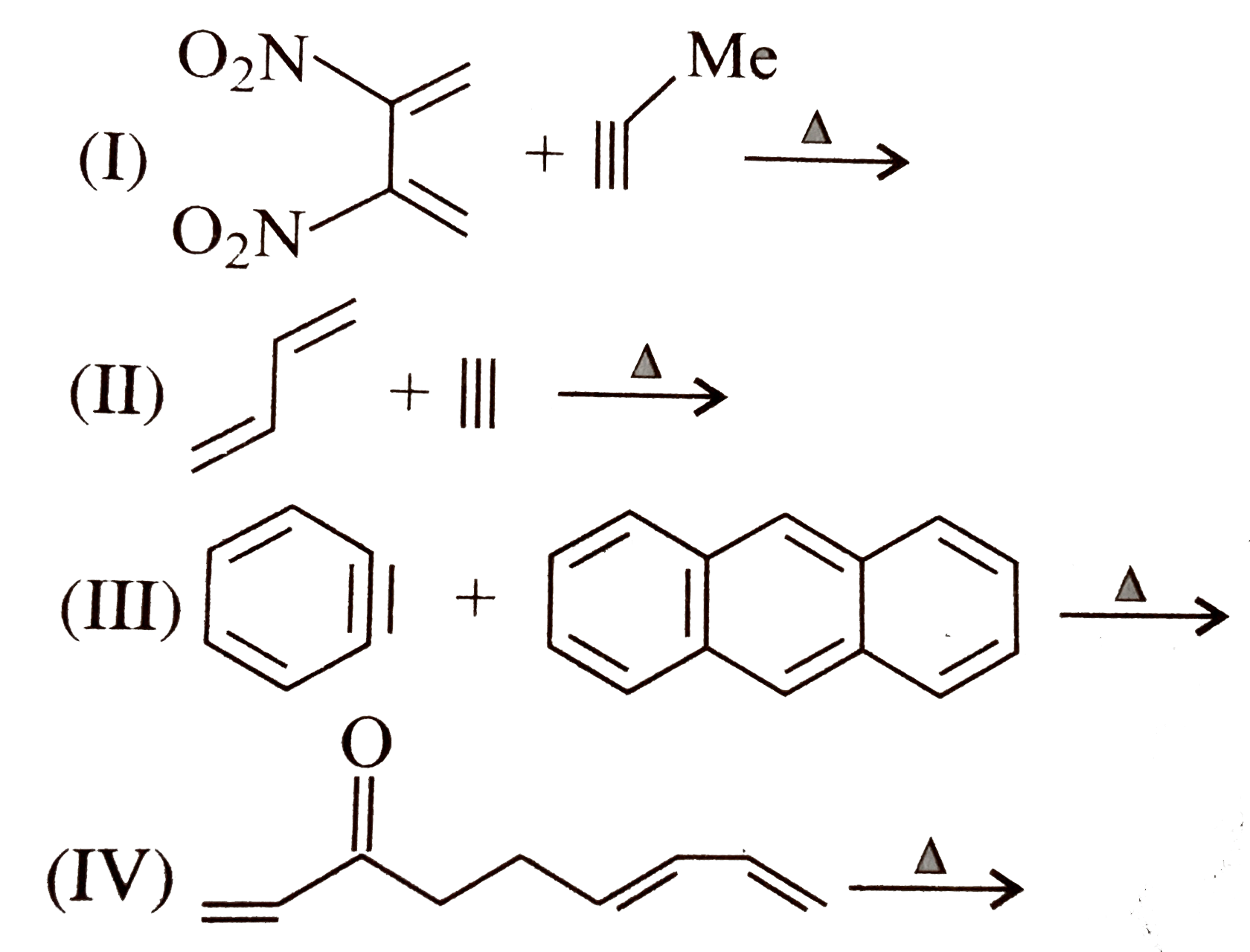 .
.

 .
.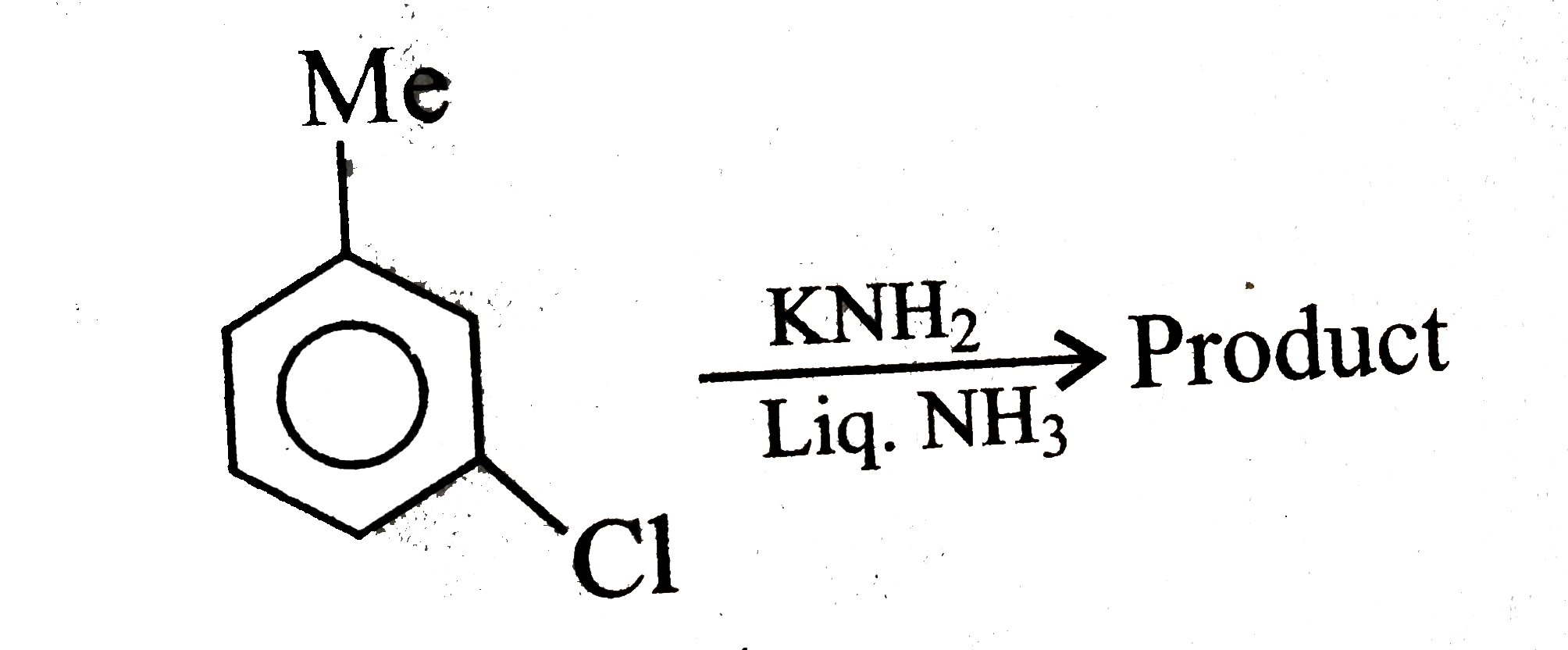
 .
.

 .
. .
.
 by
by 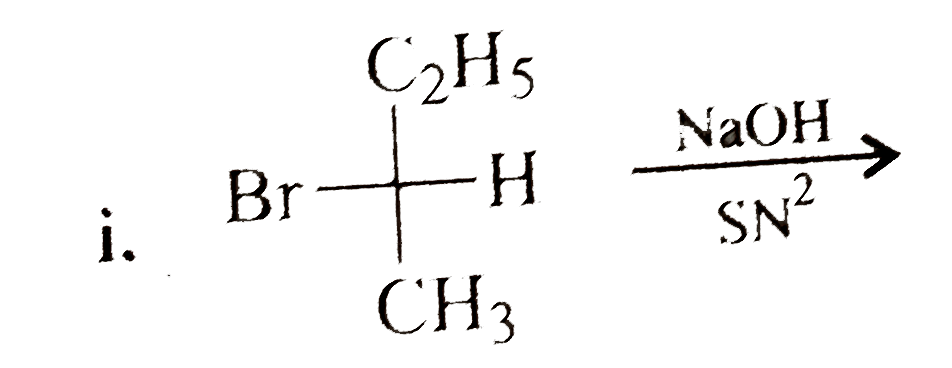 .
.  .
. .
.